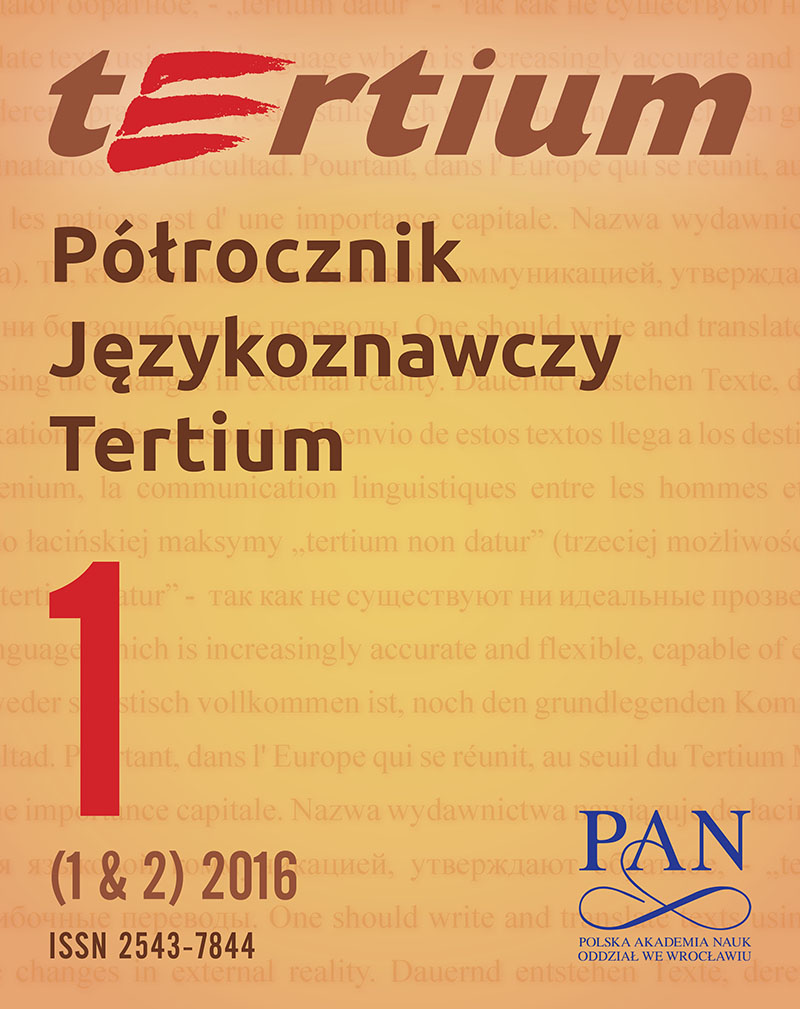
We kindly inform you that, as long as the subject affiliation of our 300.000+ articles is in progress, you might get unsufficient or no results on your third level or second level search. In this case, please broaden your search criteria.


W artykule opartym na materiale z prasy wyspecjalizowanej autorka porusza następującezagadnienia: dlaczego tak bardzo atrakcyjny jest dla dziennikarzy styl potoczny, jakie składnikii cechy tej odmiany traktowane są jako szczególnie użyteczne, jakie są skutki częstego użyciaform potocznych dla procesów przeobrażania stylu publicystycznego i wybranych gatunkówprasowych. Potoczność rozpatrywana na płaszczyźnie tekstu zyskuje na komunikacyjnejatrakcyjności dlatego, że pozwala nadawać wypowiedziom znamiona komunikatówskierowanych, nastawionych na kontakt z drugim człowiekiem, umożliwia ucieczkę odabstrakcji w stronę mówienia (czy raczej pisania) konkretnego, bliskiego codziennemudoświadczeniu, obrazowego i zaangażowanego. Dzięki stosownym zabiegom stylizacyjnympublicyści budują z odbiorcą wspólny świat i kształtują określoną wizję tego świata: (1) zpunktu widzenia odbiorcy – z uwzględnieniem jego potocznych wyobrażeń i doświadczeń; (2)zgodnie z oczekiwaniami odbiorcy, a więc przystępnie, plastycznie i sugestywnie; (3) z(fingowanym) udziałem odbiorcy; (4) za pomocą środków językowych znanych odbiorcy(potocznych) lub środków wykreowanych przy użyciu technik stylizatorskich typowych dlawypowiedzi potocznych. // In the article which is based on specialized press material, the author raises the following issues: why is the colloquial style so attractive for journalists? What features and factors of this variety are treated as particularly useful? What are the results of the frequent use of colloquial forms for the processes of transforming the journalistic style and selected press genres? Colloquialisms considered at the textual level gain the communicative attractiveness because they allow utterances to acquire the status of targeted messages, aimed at seeking contact with a fellow human being, and because they facilitate the escape from abstraction towards concrete speaking (or rather writing), close to everyday experience, imagistic and involved. Thanks to appropriate stylization techniques, journalists construe the world in common with the audience and shape a specific vision of this world: 1/ from the point of view of the audience, taking into account their colloquial images and experiences; 2/ in accordance with the audience expectations, i.e. simply, visually and suggestively; 3/ with the (fake)participation of the audience; 4/ through linguistic means known to the audience (colloquial)or the means created with the stylization techniques typical of colloquial utterances.
More...
Artykuł podejmuje problem nieprzekładalności jako wypadkowej działania łączących się ze sobą w rozmaitych proporcjach trzech podstawowych czynników budujących przekaz przekładanego komunikatu: myśli zrodzonej w umyśle, kultury stanowiącej tło ludzkiego myślenia oraz języka jako narzędzia ekspresji. Jako ilustracja służą cztery przykłady komunikatów; w trzech pierwszych warstwie werbalnej (tekstowej) towarzyszy kontekst w postaci rysunku; w ostatnim kontekst przywoływany jest za pomocą struktury gramatycznej. Opisując mechanizmy interpretacji komunikatu w towarzyszącym mu kontekście, autorka odwołuje się do teorii przestrzeni mentalnych, stworzonej przez Fauconniera (1985). // The paper addresses the issue of untranslatability as the resultant of three basic factors, which constitute the content of a translated message and which are interconnected in various proportions: thought originating in the mind, culture as the background for human thinking, and language as a tool for expression. The illustrative material is constituted by four messages: the verbal (textual) layer of the first three is accompanied by the context in the form of a drawing, while the context in the last message is evoked by means of a grammatical structure. In describing the message interpretation mechanisms in the context provided, the author avails of the theory of mental spaces by Fauconnier (1985).
More...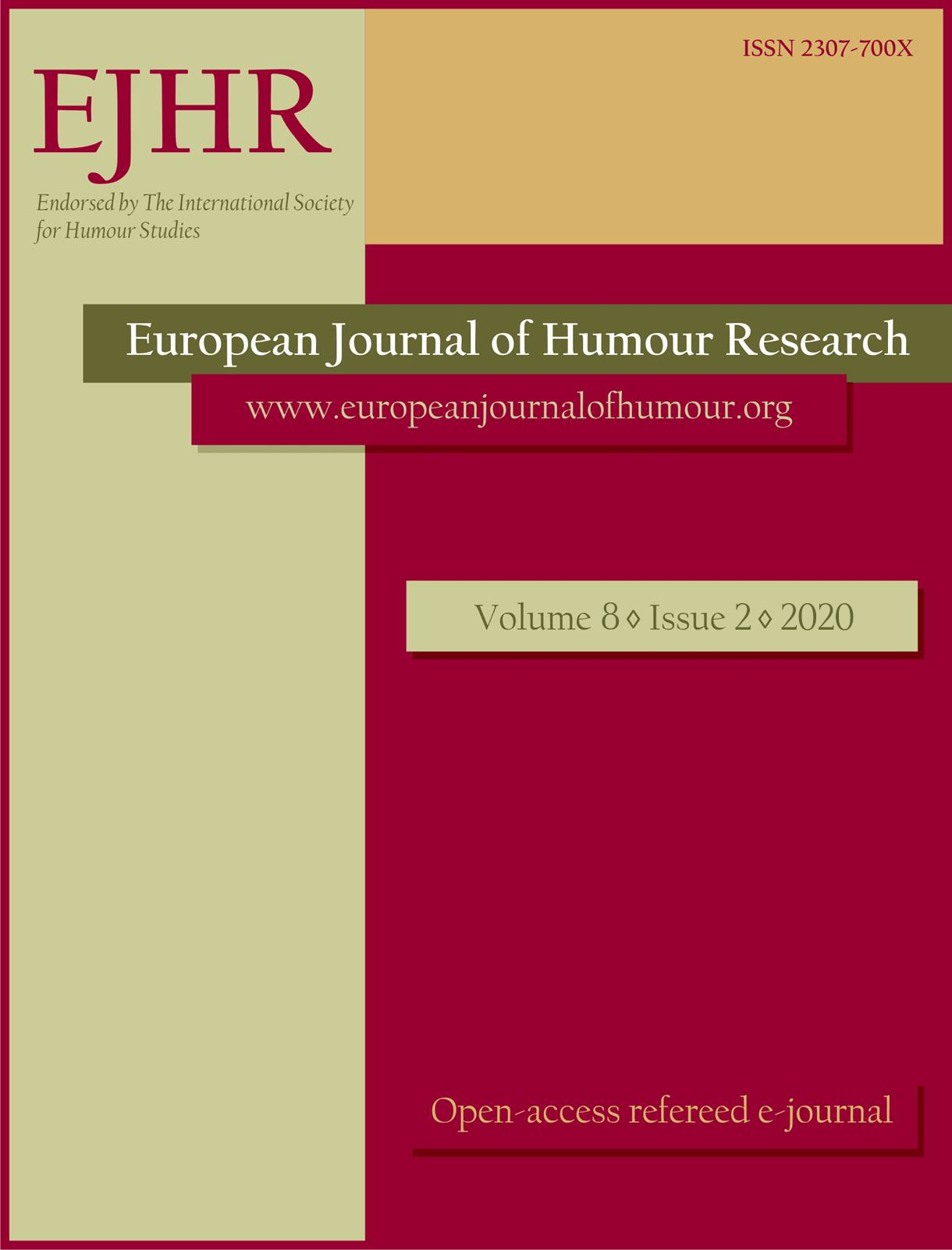
Failed humour in conversational exchanges has received increasing attention in humour research (see Bell 2015; Bell & Attardo 2010). However, tensions between what constitutes successful and failed humour have yet to be fully explored outside conversational humour. Drawing on Hay’s (2001) classification of humour stages and using a socio-cognitive approach to pragmatics to examine responses from Spanish L1 and L2 users to differing combinations of structural and content features in cartoons, the present study aims to explore what factors contribute to successful and failed responses to multimodal humour. Previous research has predominantly investigated the role of caricature as one of the prototypical features of cartoons affecting humour communication, suggesting that this feature plays an active role in the recognition of the humoristic genre (Padilla & Gironzetti 2012). Findings from the present study indicate that caricature operates not only in the recognition, but also in the understanding and appreciation stages. In particular, our results point to two other roles of caricature as a secondary incongruity and as a factor that can trigger appreciation through empathy and/or a sense of superiority. Importantly, this investigation indicates that the presence of secondary incongruities can compensate for a partial lack of understanding, highlighting the relevance that this type of incongruity has in humour appreciation.
More...
Studying cartoons in Romanian humorous news is a great way to underline the diversity of humour’s mechanisms and construction. The common topic of cartoons in Romanian media is politics, but there are also a great number of cartoons exploring subjects such as art, science, society or famous people. Unlike verbal humour, wherein incongruities are text-based, in cartoons, incongruities can emerge through the interaction of image and text, between two elements in the image, or even between the texts in the balloons (Hempelmann & Samson 2008). The present study aims at analysing how humour emerges differently, depending on their topic, in cartoons created by the Romanian humorous media websites Times New Roman and Academia Catavencu, as these have been the two of the most controversial humorous news websites for quite some time. I intend to argue that, when it comes to political cartoons, the methods of humour are quite complex, equally relying on the image and the text, using polysemy, paronymy or syllepsis to create humour, while cartoons about society or gossip are usually based on implicitness and exaggeration, mostly found in images and symbols, as the targeted topics or people do not require such a complex background in order to make readers laugh. I have also observed that cartoons that rely less on text have more powerful symbols, which are full of various significations that help the readers make all the necessary connections to correctly interpret the image.
More...
The present paper is aimed at exploring humour and cultural aspects in TED talks recorded at Hungarian independent TEDx standard events. Applying Speck’s (1991) humour taxonomy, a corpus of 30 Hungarian language talks have been classified based on Barry & Graca’s (2018) humour typology groups and further examined by descriptive statistical indicators. Results show that cultural and other national features are reflected in the talks and are appreciated by the audience. Incongruity and disparagement appeared to be a safe comic device to create laughter in highly individualist and masculine cultures; however, relief-based humour is riskier in high uncertainty avoiding countries, as the message may be interpreted differently than expected.
More...
Aspects of contextual jokes include the relationship with the goal of the interaction, and the involvement of the audience in the overall manifestation of the joke and its response. Sacks' identification of the ‘response’ or the ‘reaction’ – the final of the three-phased organisation of joke narratives (Sacks, 1974: 337; Attardo, 1994: 307-311) points to an aspect of the manifestation of contextual jokes beyond the fabula or the narration of the tale ‘proper’ to include a part relating to the reaction of the audience. Such reactions may be the joke itself or to its telling. A study of the performance of humorous tales, called toli in Ghana, reveals that the final phase, which we refer to as ‘post-climax’, involves the attention of all players, not to the telling of the tale, but to the incongruity and humour which underlie the very identity of the humorous tale. The post-climax discussion is, thus, an analytical reaction to various points of the tale, which has become an integral part of the performance of the tale as a conversational act, and which contributes extensively to the total manifestation of humour and laughter. Based on incongruity and comic-climax perspectives, the paper discusses the nature and strategies of post-climax, including the association of tale audience and setting, hypothetical extension of tale, incongruity and forced congruity discussions, dramatization and evaluations of realness, through which laughter, the main tenet of the genre, extensively manifests.
More...
Today’s infotainment clutter puts pressure on advertisers to come up with more surprising and more memorable ads. This need for novelty, creativity, and astonishment does set the expectation bar high, steering ads towards various means of eliciting surprise, including humour, shock, and taboo. In this paper, the author will try to investigate a set of multimodal advertising messages which use (debatable) humour and surprise, with a view to finding trans-cultural similarities and differences in terms of ad appreciation. The primary objective of this paper is to explore attitudinal responses of Taiwanese informants to controversial humorous advertisements in English; to this end, an online survey was conducted to ask them about their interpretations of and feelings towards a selection of ads. Its results will be compared with those obtained from Polish respondents, described in the author’s previous study (Stwora 2020).
More...
This article analyses humour as a part of carnival aesthetics in urban social movements. It regards humour’s place in street protests as an aesthetic experience that brings forth an interplay of joy, imagination and freedom. Drawing from social movement theory regarding collective identity and collectivism, aesthetic theory and Mikhail Bakhtin’s theory of carnivalesque, this paper examines the link between humour and carnival aesthetics in recent social movements. It argues that carnival laughter initiates a process of symbiosis that opens relationships with others and allows recognition of democratic diversity, aesthetic sensibility and political dignity—essential for the reconstruction of a new space that is resistant to the politically imposed world crisis. It asks: could humour be one of the social catalysts we need during the authoritarian turn in a political Ice Age instigated by conservative populism? Drawing on examples from the Gezi Movement in Turkey in 2013, the article demonstrates how humour is not just a tool to consolidate solidarities but a definitive aesthetic experience that, in the context of the street protests, becomes the antidote to hegemonic-sense-making mechanisms and the greyness of our collective thinking.
More...
Positive humour can facilitate learning. From an educational perspective, it is important to examine how, when and why humour elicits a positive feeling in students, which, in its turn, creates an environment conducive to learning. Previous studies in humour research have focused on the generally perceived impact of humour in educational settings. Reflection on this idea gives rise to two questions. Will the use of intentional humour as a pedagogical tool indeed be perceived as such by students? Also, will a lecture containing positive humour affirm the impact of humour reported in academic literature? The researchers therefore decided that a lecture containing intentional humoristic elements would be presented to two groups of students with a view to determining their responses. To accomplish this, a mixed-methods approach was used, one employing a concurrent embedded nested design to explore the role and impact of intentional humour in two higher-education classrooms. A Likert-scale survey exploring six themes was developed regarding the impact of humour, as identified by Lovorn and Holaway (2015). Open spaces were provided to allow participants to expand quantitative responses. While the Mantel-Haenszel chi-square test statistic was used to analyse the quantitative data, content analysis was used to analyse the qualitative data. The theoretical framework for this paper was drawn from the instructional humour process theory (IHPT). Trustworthiness was gauged by applying Lincoln and Guba’s (1985) model of trustworthiness. The findings of the paper are in line with Lovorn and Holaway’s (2015) research, which suggests that when lecturers take advantage of the positive attributes of humour, it has the power to fuel both students’ engagement and their learning.
More...
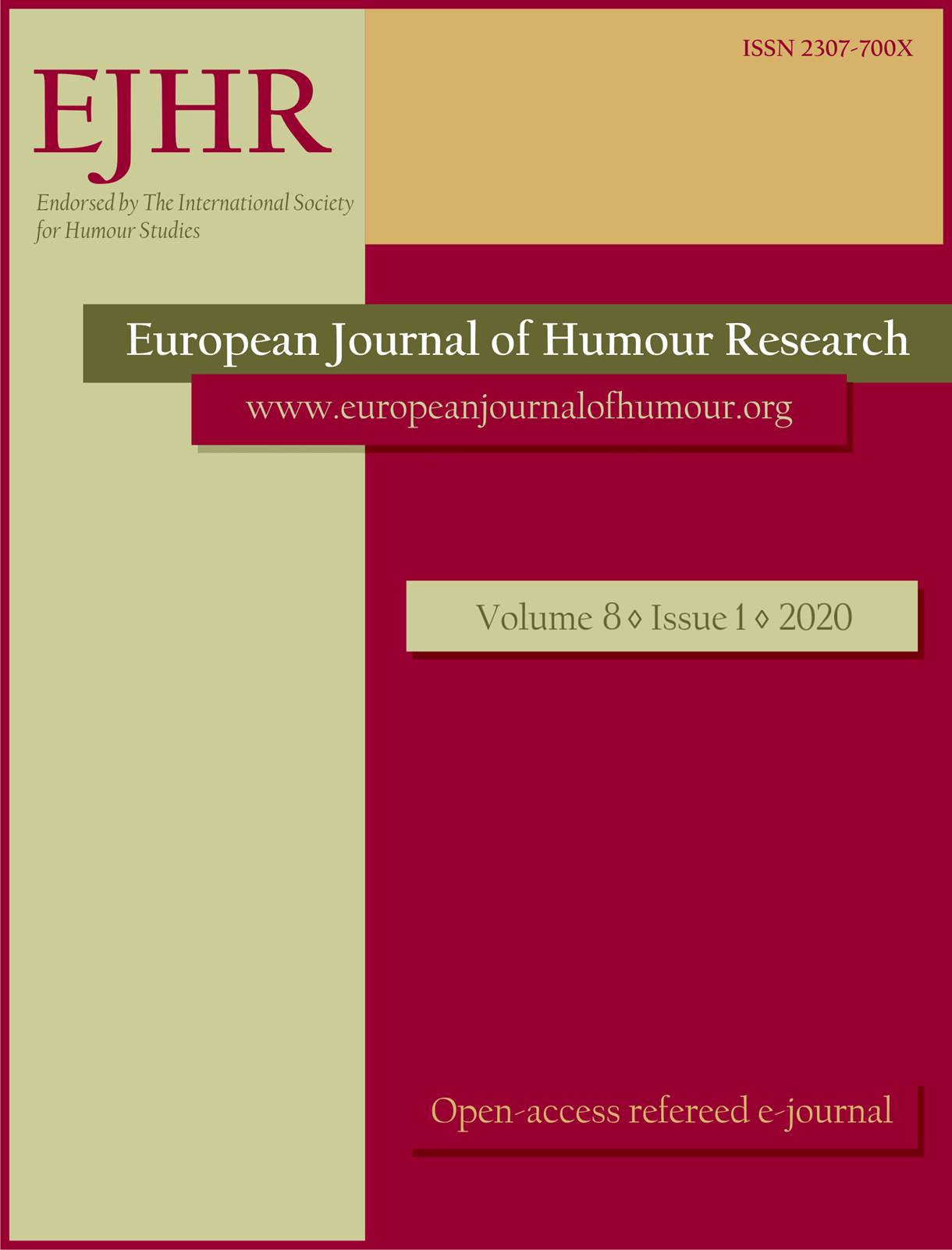
The emergence of philosophical affect theory, sourced substantially in Continental philosophy, has intensified scholarly attention around affective potentials in laughter. However, the relationship between laughter’s affect and the comic remains a complicated one for researchers, with some maintaining that the two should be approached separately (Emmerson 2019, Parvulescu 2010). While there is a credible academic rationale for drawing precise distinctions, the present article takes an integrative approach to laughter and the comic. It analyses, then synthesises, points of convergence between key texts in affect philosophy and certain elements of incongruity-based humour theory. Specifically, the article seeks to demonstrate that some integration can bring insight and clarity to discussion of transformative potentials sometimes attributed to forms of comic laughter, especially within cultural studies and social science following the philosophy of Deleuze. This approach may also usefully complicate the concept of incongruity itself.
More...
People with obesity are often the target of disparaging humour. The typical derision of obesity found in everyday life also extends into the realm of the media. Many assumptions have been made about the effects this type of humour may have on the public’s attitudes toward people with obesity, but little empirical research exists. In the present research, two studies sought to uncover whether jokes and humorous media depictions of people with obesity affect individuals’ attitudes. In Study 1, participants (N = 271) either read a list of derogatory jokes about obesity, read a list of derogatory comments about obesity, or read a list of jokes that were unrelated to obesity. All participants were then asked to report their 1) attitudes toward people with obesity in several domains, 2) level of belief in stereotypes about obesity and 3) judgement of the social acceptability of jokes about obesity. Participants’ scores on these dependent measures did not differ across groups suggesting obesity jokes do not have an immediate impact on attitudes. In Study 2, participants (N = 146) were shown video clips from film and television programmes that featured derogatory humour targeting obese characters. Again, participants’ scores on dependent measures did not differ across groups. The results of these studies suggest that brief exposure to derogatory weight-related humour may not affect individuals’ attitudes toward people with obesity as might be assumed. Longer exposure to disparaging humour may be required to shift individuals’ attitudes about people with obesity.
More...
This paper offers a folkloristic perspective on the features and dynamics of sharing humorous content digitally within a family in the context of daily communication. The data, collected from 60 Belarusian families via oral interviews and an online survey (175 respondents), were subjected to quantitative and qualitative content and context analysis. The results suggest that sharing humour digitally within a family can take various forms, some of which parallel oral face-to-face interactions, while others complement them. The most preferable ways of sharing are those that ensure the privacy of conversation, thus providing family members with an opportunity to follow the customary patterns of communication while adapting them to the new spatiotemporal circumstances. Even though the process of selecting humorous content to share with one’s family does not necessarily involve conscious reflection on the sharer’s part, some tendencies clearly transpire from the data. For example, visual and generic forms of humour are more popular than textual and personal ones. Sharing such humour presupposes certain considerations about its recipients, thus making the fact that one’s audience is their family an important consideration in the practice of digital sharing.
More...

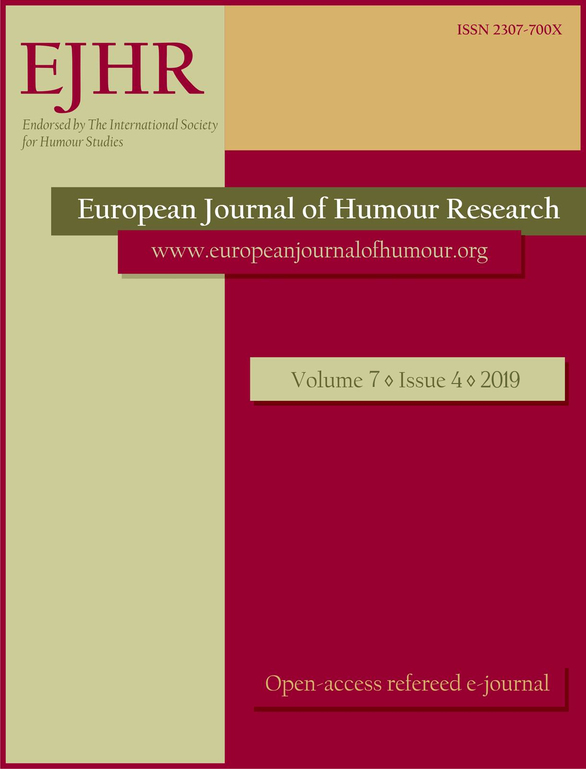
Because most theories of humour emphasize its intersubjective and/or semantic nature, they fail to fully appreciate and explain self-directed humour. Through a critical exploration of the implications of different theories of humour and satire, this paper argues that the spectrum of reflexive humour and satire can be categorized according to the figure of the satirist and the target of satire, both of whom can feature individual or collective social selves. Depending on the satirist and the scope of satire, the functions of reflexive humour may range from securing psychological homeostasis to dealing with more impersonal, social and philosophical concerns.
More...
When used for the purpose of teaching and learning, humour must be relevant and appropriate to the context. However, what constitutes appropriate and relevant humour is unclear. Past studies have focussed mostly on classifying appropriate and relevant types of humour. Additionally, students’ and teachers’ perceptions of what these constitutes are likely to differ, meaning that the effectiveness of the humour used by teachers may vary depending on the context. With this in mind, it is important to consider teachers’ and students’ perceptions of the appropriateness and relevance of humour. For this paper, five award-winning teachers and 10 students were interviewed regarding their perceptions and experiences of the use of humour in university teaching. Four themes were identified that relate to teachers’ and students’ perceptions regarding the appropriateness of humour: Appropriate humour is relevant humour; Appropriate humour happens at a suitable time and in a suitable manner; Appropriate humour enhances teachers’ credibility; and Inappropriate humour is disrespectful humour. Three themes were identified related to the relevance of humour: Relevant humour is related to the learning content; Relevant humour is related to daily experiences in life; and Irrelevant humour is humour that students do not understand. On the basis of this study, this paper offers pedagogical suggestions for teachers who wish to use humour effectively by taking into consideration what humour is considered appropriate/inappropriate and relevant/irrelevant.
More...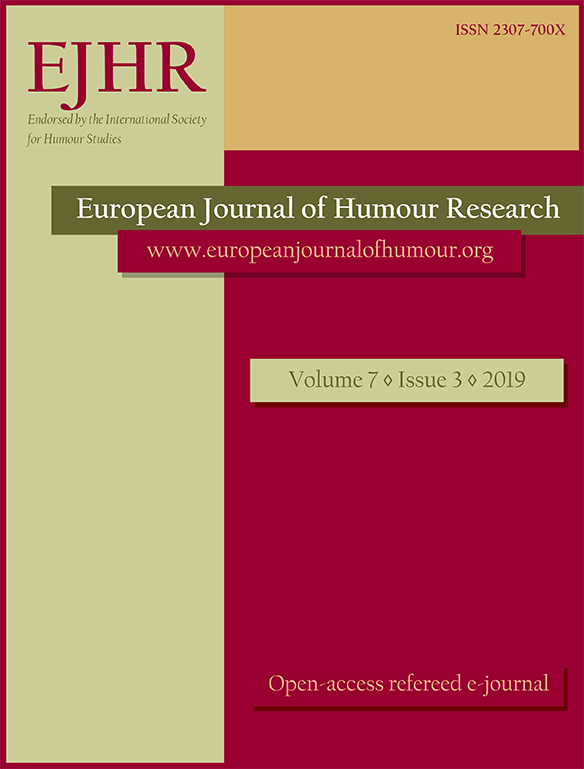
This paper contributes to a relatively under-researched area of humour studies in hospitality by analysing the use of different forms of humour in accommodation establishments. The main purpose of the study was to gain a better understanding of how humour is used in marketing communication and service processes, and the ways in which it contributes to the guest experience. A range of research methods were used including desktop research on how humour is currently used in accommodation settings, a focus group consisting of international participants, and two online surveys with both accommodation providers and accommodation guests. The latter was undertaken in Estonia. The results indicate that multiple forms of humour are used in accommodation establishments to provide information and enhance the guest experience, however, it was also clear that many humorous events happen spontaneously rather than being planned for or ‘staged’. This study also proposes a decision support model to guide accommodation establishments in how humour could be applied more effectively in their marketing communication and service processes.
More...
The central interest in this study is to develop and position the humour repertoire concept fortourism and leisure research. The term humour repertoire encompasses the totality of aperson’s abilities and skills to both appreciate and produce humour. Such skills include theindividual’s ability to tell/retell humorous (travel) stories, jokes from their life and travels, andthe ability to see travel and leisure situations as amusing. A framework outlining the role ofthe humour repertoire is presented and an online empirical study is reported to addressselected components of the conceptual scheme. The results show a weak association betweenhumour appreciation and production, indicating that researchers examining humour intourism need to be careful in building generic implications from selected work. Attention isthen given to the multiple social and contextual factors beyond the individual level that need tobe considered when assessing humour in diverse tourism contexts. Fresh research directionsare indicated by considering the richness of the repertoire framework and links to cognitiveschema research.
More...